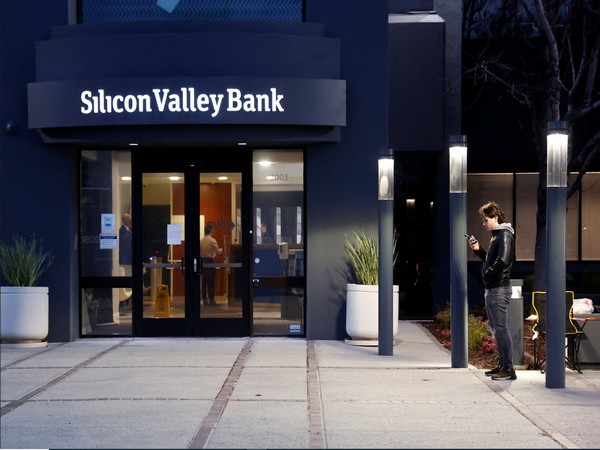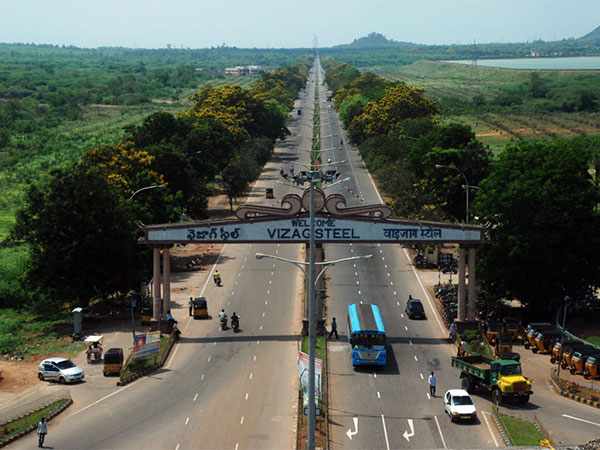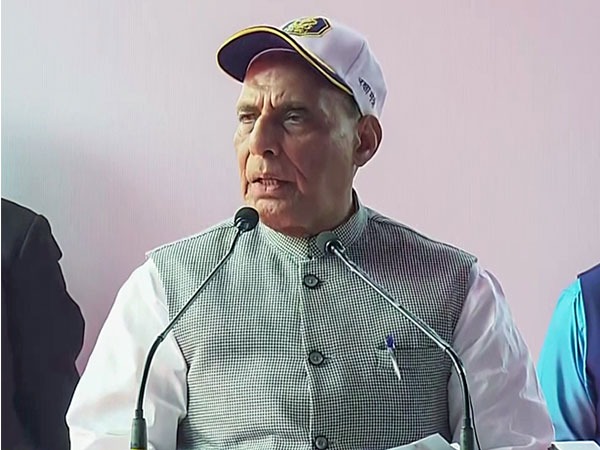
Washington [US], April 29 (ANI): Regulatory standards for the recently failed Silicon Valley Bank in the US “were too low” and the supervision did not work with sufficient force and urgency, a review of the supervision and regulation of the bank led by US Federal Reserve Vice Chair for Supervision Michael S Barr found. The review report released on Friday (local time) mentioned four key takeaways, one being Federal Reserve supervisors having failed to take forceful actions.
The report said supervisors did not fully appreciate the extent of the vulnerabilities as Silicon Valley Bank grew in size and complexity; when supervisors did identify vulnerabilities, they did not take sufficient steps to ensure that Silicon Valley Bank fixed those problems quickly enough. “Our banking system is sound and resilient, with strong capital and liquidity. And in some respects, SVB was an outlier because of the extent of its highly concentrated business model, interest rate risk, and high level of reliance on uninsured deposits; however, SVB’s failure demonstrates that there are weaknesses in regulation and supervision that must be addressed,” the report said.
Following SVB’s failure, it said the US central bank must strengthen its supervision and regulation based on what they have learned from the recent episode.
The collapse of a few regional banks in the US, which started with Silicon Valley Bank, and the takeover of the crisis-hit Credit Suisse Bank by the Union Bank of Switzerland (UBS) have sent ripples across the global banking industry and posed fears of a contagion effect across economies.
One of the most prominent lenders in the world of technology startups, Silicon Valley Bank, which was struggling, collapsed on March 10, after a run on the bank by the depositors. Its closure led to a contagion effect and the subsequent shutting down of other banks. On the bank run, the review report said social media enabled depositors to instantly spread concerns about a bank run, and technology-enabled immediate withdrawals of funding. “First, the combination of social media, a highly networked and concentrated depositor base, and technology may have fundamentally changed the speed of bank runs,” it said.
“Social media enabled depositors to instantly spread concerns about a bank run, and technology-enabled immediate withdrawals of funding.” In conclusion, the review report said contagion from the failure of SVB bank threatened the ability of a broader range of banks to provide financial services and access to credit to customers. (ANI)
















